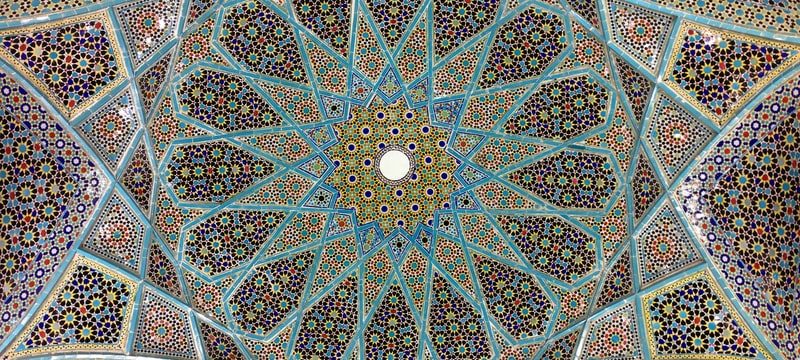Pattern recognition is a critical thinking skill that crosses every subject area. It is essential for the development of higher-order actions such as analyzing, creating, and evaluating. It is also an important step in puzzle solving.
How are you exposing students to patterns, pointing out trends, asking them to identify relationships, and having them make predictions about what is likely to come next?
Teaching Pattern Recognition Through Graphs
One easy method for teaching pattern recognition, and one that can be used for all grade levels, is identifying trends in graphs. You can present your students with different graphs and simply ask them, “What’s going on?” See if they can pick out patterns in the data. I share a great free resource for engaging graphs in my blog post “Fun Graphing Activity Without Any Prep Work.”
In addition to identifying the patterns in graphs, you can give your students datasets with trends and ask them to find the patterns in the data. You can then have them predict how a graph for the dataset might look, and help them create their own graph using the dataset.
Identifying Patterns in Geometric Art

You can also use Islamic art or other geometric art as a resource for teaching pattern recognition. Ask students to research patterns connected to their culture, or to a different culture. They can trace the tradition through various ways of thinking and knowing to see what may be discovered. For example, the rangoli designs pictured above have roots in India. You can ask students how these ephemeral pieces of art might be associated with other parts of their culture.
You can also start class with a geometric math art activity as a hands-on pattern recognition exercise. Spire Maths offers a long list of resources for Islamic art and geometric design classroom activities. Click here for more math art resources you can adapt for classroom activities.
Coding Pattern Recognition Exercises

For older students, try a computer coding activity that uses Jupyter Notebook to simulate basket motifs used by the Tla’amin people of coastal British Columbia. The activity asks students to identify the geometric patterns and allows students to create their own complex motifs by coding for different geometric operations.
Another coding tool you can use to teach pattern recognition is the Scratch Pen Tool. Scratch is a popular visual programming language developed at MIT for educational purposes. It is intended for students ages 8-16, so you can use Scratch for a wide range of grade levels. Click here for a tutorial on how to create geometric patterns using the Scratch Pen Tool.
Another fun coding tool is Processing, a software sketchbook with a lot of potential. Creative coders like Alka Cappellazzo use Processing to generate repetitive patterns from programmed functions.
There are a wide variety of coding pattern recognition exercises that not only will teach your students how to problem-solve, but also will show them visual applications for programming.
